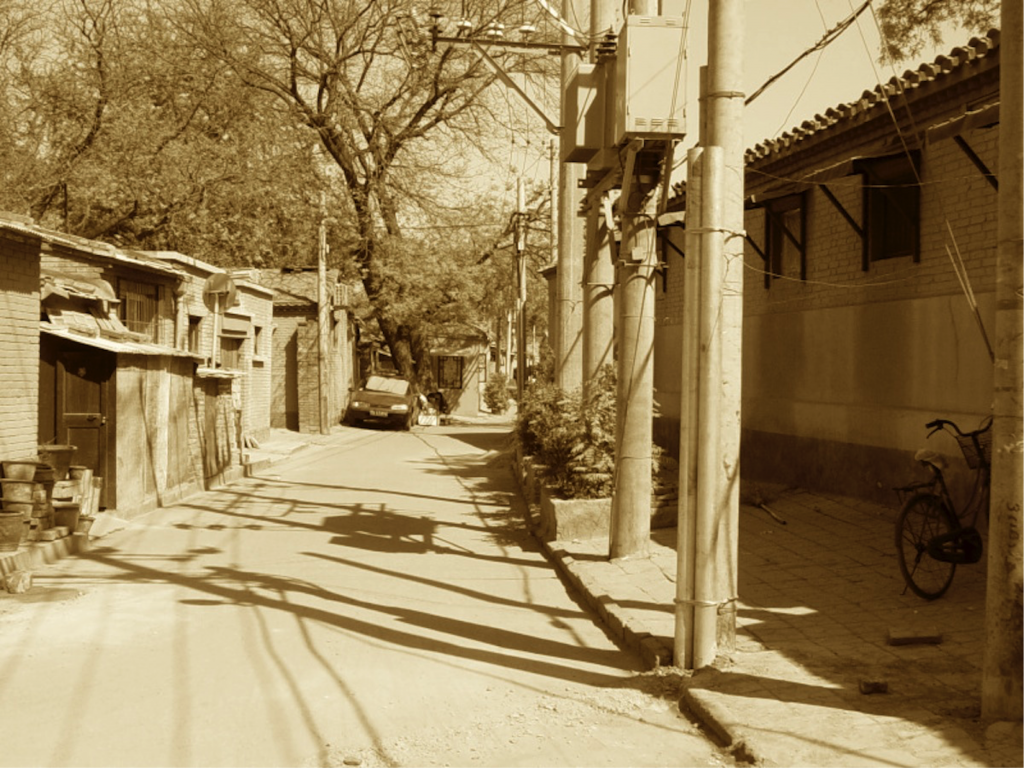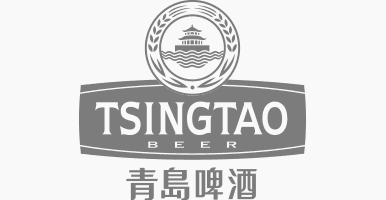The images we conjure up when we think of Beijing are often a far cry from the city’s original building blocks. The Great Wall is too ancient, whereas the Bird’s Nest and China Central Television’s bizarre new “pants” complex is too recent. Tian’anmen is closer, but it’s too official. However, if you venture off to the two sides of the wider Tian’anmen area, you will discover the narrow alleyways that formed the city over a thousand years ago, alongside the more modern variants that have been there for 850 years or more. These are the narrow, winding hutong alleyways, and this was how Beijing was for centuries, even millennia.
The hutongs can be quite narrow, not unlike some of the mews you might spot in central London, and can prove quite a challenge for cars. So if you were to explore these amazing alleyways you would probably want to do so on a bike or pedicab, or just simply visit them on foot.
All hutongs are very similar in appearance, but the composition of their inhabitants varied greatly. Right in the absolute centre of town was the Imperial Family, who lived in the Forbidden City, which was a very much prohibited area back in the day. If an intruder was caught the maximum penalty was death!
A large number of hutongs in western and eastern urban Beijing used to be better organised, with everything spacious and orderly. Little surprise, then, that these were occupied by the aristocracy. Those in the north and south would live in somewhat “lesser” hutongs — they would be of a lesser rank, typically inhabited by commoners and merchants. Interestingly enough, merchants were looked upon with much less regard in ancient China as they were in Britain. The outer city would be for those with even less status.
It wouldn’t be uncommon to spot an entire extended family living under one roof, since that was pretty much how everyone lived. Buildings inside the hutong would be known as the siheyuan compounds, and a great number still do exist to this present day, although occasionally a subway expansion comes along, sadly taking a few of these precious compounds along with them.
The head of the family would live in the northern building, which was in essence both the living room and the bedroom of the head of the family. The side buildings were for other members or for children. The rear of the building was for unmarried daughters, they would basically stay there for much of their lives, until they entered into wedlock. Amenities in these compounds would be rather spartan — only few of them had toilets, most would make use of the large number of communal toilets available.
The changes in housing that followed in the earlier years of the People’s Republic of China would mean a huge shift in how people lived their lives. Some members of the family started living in separate units, probably for the first times ever. Also, anything taller than a second floor (or here in the UK, a first floor) would be quite novel. Today, many have moved on to high-rises, and comparatively less Beijingers live in the hutongs.
Fast forward to the present era and unfortunately quite a high number of hutongs have been knocked down to make way for modern development. I’ve seen one in action not too far from my home in central Beijing when a narrow alleyway was bulldozed, along with the siheyuan compounds. In its place we now have a tower block, and an avenue of rather “tacky” restaurants.
Thankfully, the heritage of the hutongs are being protected more and more as Beijing expands. This might not mean an absolute ban on knocking down parts of the old city down, but more a way to look to improve the buildings without having to demolish them. These improvements to existing hutongs and compounds have made the area once again desirable with more and more of Beijing’s affluent residents deciding to settle back in the city centre. Hopefully this is a good sign that the hutongs will remain a part of Beijing’s history and be here for future generations to witness and enjoy an important part of China’s past in our present day.



